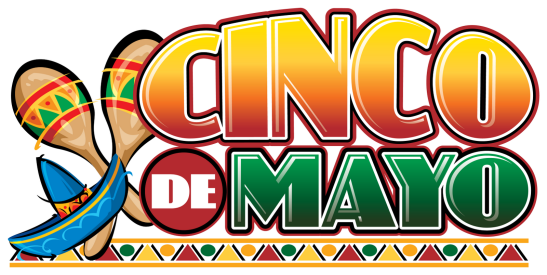
• 1842 ~ Sir Arthur Seymour Sullivan, British composer, best known for his comic operettas
Read quotes by and about Sullivan
More information about Sullivan
• 1868 ~ Composer Gioacchino Rossini died. He was very superstitious. He particularly feared Friday the thirteenth. And here’s an incredible fact: he died on Friday the thirteenth, 1868!
• 1911 ~ Maxine Sullivan (Marietta Williams), Singer
• 1912 ~ Gil Evans, Canadian jazz pianist, composer, arranger and bandleader
• 1914 ~ Johnny ‘Johnnie’ Wright, Country singer: duo: Johnnie and Jack, married to singer Kitty Wells since 1937
• 1923 ~ Red (William) Garland, American jazz pianist with the Miles Davis Quintet
• 1938 ~ Louis Armstrong and his orchestra recorded the New Orleans jazz standard, When the Saints Go Marching In, on Decca Records.
• 1941 ~ Ritchie Valens (Richard Steven Valenzuela), Singer
• 1943 ~ Mary Wells, Singer
• 1946 ~ Danny Klein, Musician, bass with The J. Geils Band
• 1950 ~ Stevie Wonder, American rock singer, songwriter and instrumentalist. A child prodigy who developed into one of the most creative musical figures of the late 20th century. Wonder who has been blind from shortly after birth, signed with Motown’s Tamla label at the age of eleven and continues to perform and record for Motown to this day. Wonder has scored over 40 other US & UK Top 40 singles.
More information about Wonder
• 1954 – The Pajama Game made its debut on Broadway in New York City at the St. James Theatre. Harold Prince produced The Pajama Game, his first Broadway endeavor. The show ran for 1,063 performances. John Raitt and Janis Paige starred in the leading roles. Carol Haney came to national fame for her rendition of the song, Steam Heat. The movie version also starred Raitt — along with Doris Day.
• 1971 ~ Aretha Franklin, the ‘Queen of Soul’, received a gold record for her version of Bridge over Troubled Water, originally a Paul Simon and Art Garfunkel tune.
• 1984 ~ The Fantasticks, playing at the Sullivan Theatre in Greenwich Village in New York City, became the longest-running musical in theater history with performance number 10,000 on this night. The Fantasticks opened on May 3, 1960.
• 2019 ~ Doris Day died at the age of 97. She was known as a honey-voiced singer and actress whose film dramas, musicals and innocent sex comedies made her a top star in the 1950s and 1960s and among the most popular screen actresses in history.







